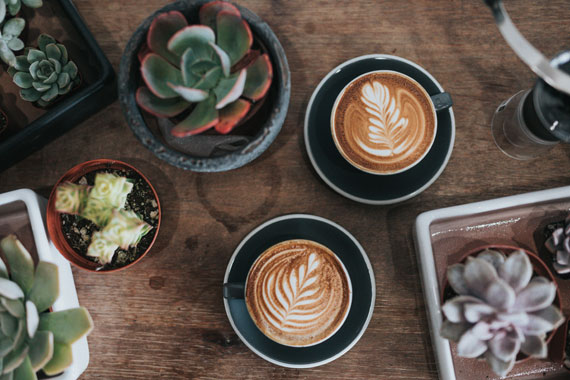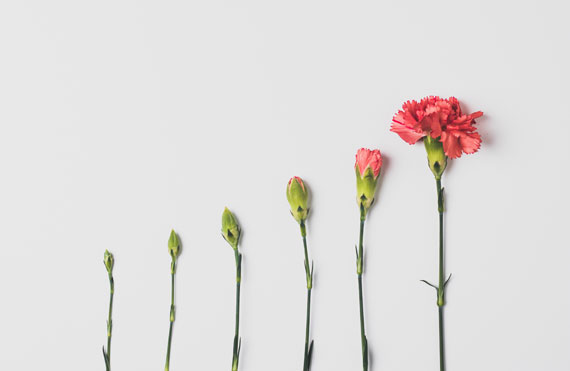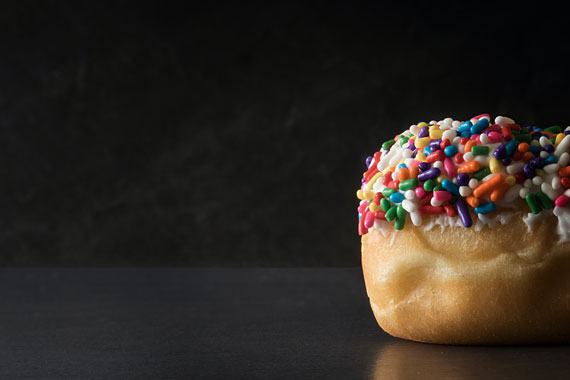Still life photography has many uses. Perhaps you want to take a picture of a beautiful shell or perhaps take a picture of a product that you’re selling on eBay. Other reasons for learning still life photography may include selling still life photograph downloads at stock photography sites or to food magazines. No matter what your reason, still life photography is a great skill to learn.

Photo captured by Nathan Dumlao; ISO 2500, f/1.8, 1/1000s, 50mm.
Unless you’re photographing specific products or pictures for a magazine assignment, the subjects for your still life photography are endless. Despite common belief, still life photography isn’t limited to just pictures of apples and grapes. Even something like artfully arranged spools of thread can be interesting and visually appealing. Microstock sites like Shutterstock and iStock that cater to commercial users have a high demand for all sorts of still life, often of very simple objects, like a cup of coffee or a key.
People often times think of still life photography as a lot easier than other types of photography like sports or landscape photography. With stills, you often have full control over the composition and can arrange the inanimate objects exactly how you want them.
And sometimes, good quality still life pictures can be even more challenging to photograph. That’s because they are close up so it’s easy to spot imperfections like a blemish on a piece of fruit that would usually pass unnoticed.

photo by Samantha Durfee
Despite the challenges, using basic photography skills and the following tips, you can create quality still life pictures.
Lighting for Still Life Photography
Professional photographers usually use a soft box or a light box to shoot their still lifes. Although soft boxes can help out a lot, they still aren’t absolutely necessary to get good results as you’ll see shortly. However, if you do want one, you can find a softbox online or you can easily make one using instructions you find online. The purpose of these lighting tools is to provide even light on the subject.
You can also get a good quality of light by setting up your photo shoot outside. A high overcast or bright sky can create a natural soft box effect without having any of the harsh shadows.
Composing Still Life Pictures
When composing your photograph, you need to arrange the objects in a pleasing composition. You should consider using classical composition techniques like the “Rule of Thirds,” “Leading Lines” or “Frame within a Frame” for ideas of how to best compose your pictures.
Artfully arrange the objects, and use your imagination. For example, if you’re taking a picture of an apple try taking a bite out of it to give it some added interest.

Photo captured by Edward Howell; ISO 100, f/8.0, 1/200s, 50mm.
Fill the Frame with Your Still Life Subject
When taking still life pictures, always remember that your subject should be the only thing that you see in your viewfinder or LCD screen. You need to remove any distractions or clutter from the background so you can have a clean and up close image.
If you have a backdrop or background you don’t like don’t worry about it because it can be easily solved. The light box or soft box will solve this problem, but if you’re taking pictures outside and have a distracting background simply place a piece of white foam board behind your subject and you’ll be all set. If you want a sharp image, make sure to use macro mode or you can end up with a fuzzy image.
Look for a Good Angle
Instead of shooting from your height, hold the camera so that it is level with your subject. You should also try shooting from a variety of different angles. Hopefully you can start applying these still life photography tips immediately so you can start seeing a difference in the quality of your still life images.

Photo captured by hue12 photography; ISO 100, f/22.0, 5s, 100mm.
About the Author
Autumn Lockwood is a writer for Your Picture Frames. If you’re looking for 11×14 picture frames visit their online picture frame shop or call us at 1-800-780-0699.
For further training, here is a video on the topic. This tutorial walks us through the process of some advanced still life photography techniques. Mark demonstrates how to use an aquarium to capture engaging images of ordinary household items. From a strawberry to food coloring, watch as Mark provides step by step instructions for creating unique still life images:
Best of luck and have fun with your still life photography endeavors!
Like This Article?
Don't Miss The Next One!
Join over 100,000 photographers of all experience levels who receive our free photography tips and articles to stay current:






Hey Autumn,
Best blog to be opted for gaining knowledge on photography.
Very glad that I got this article at the right moment. I just inspire the way you have posted this article. It gave me a glimpse of starting my productive life photography.
Thanks :-)
Hi, I just read your article, this article is full of information. Keep it up. Thanks
Good thing I found this. I just started experimenting with still life. I’ll definitely put some of this stuff to work!
This article is full of information. I used the tips given in this article and it actually made my still life photography far better than it was before. Thank you for providing good tips for photography.